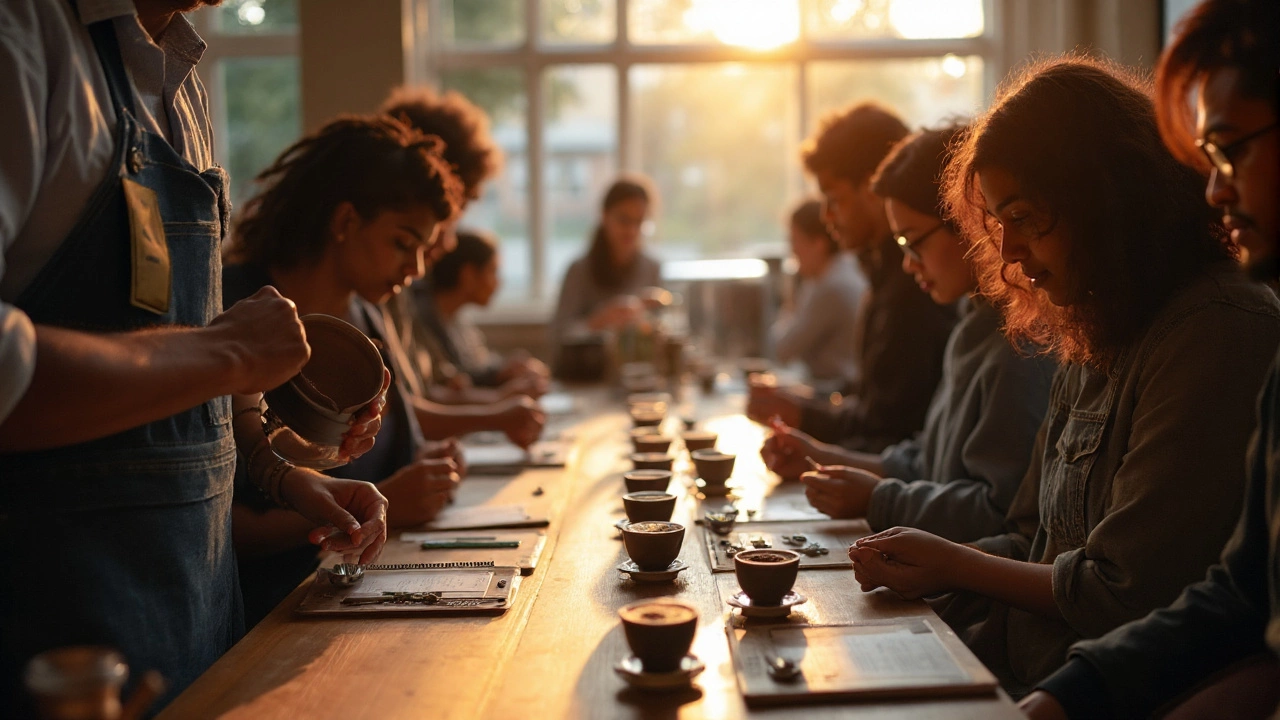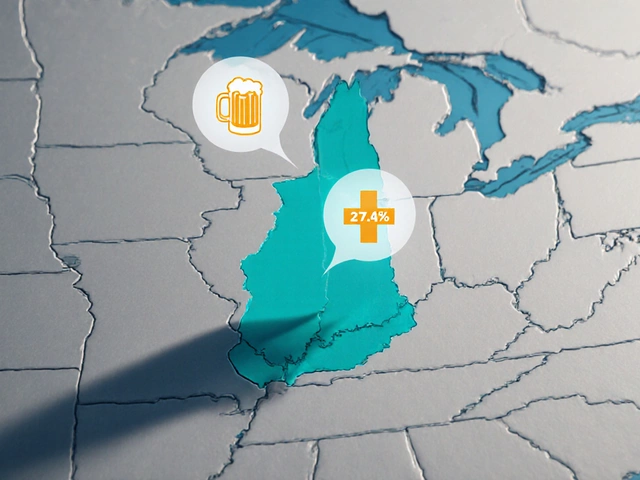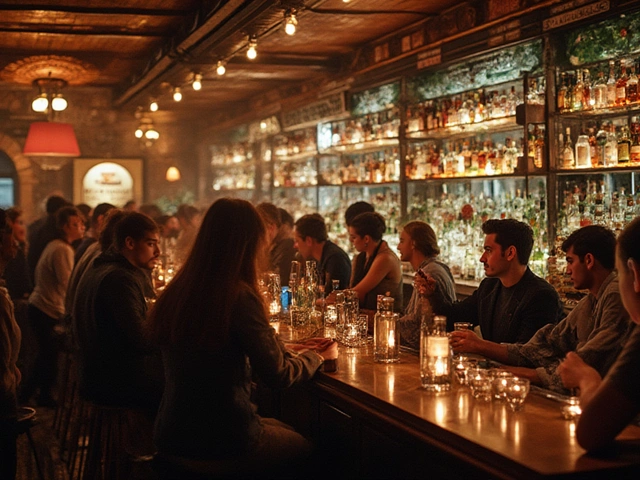Coffee Cupping: The Easy Way to Taste Like a Pro
If you’ve ever wondered how pros talk about "bright" or "chocolatey" flavors, you’re looking at the same process they use: coffee cupping. It’s a simple, repeatable method that strips away the variables of brewing so you can focus on what’s really happening in the cup.
All you need is a few basic tools, a clean workspace, and a willingness to sniff, slurp, and score. No fancy espresso machine required – just a kettle, a scale, a grinder, and a spoon.
What You Need for a Basic Cupping Session
Start with fresh, whole‑bean coffee. Aim for beans roasted within the last two weeks; they’ll still have the bright aromas you want to catch. Measure out 12 grams of coffee per cup and grind it to a coarse, uniform size – think sea‑salt texture.
Put the ground coffee in a shallow, heat‑proof bowl. Pour hot water (about 200 °F/93 °C) at a 1:16 ratio – that’s 200 ml of water for every 12 g of coffee. Let the coffee steep for exactly four minutes. While you wait, set a timer and keep the room free of strong smells that could interfere with your nose.
Step‑by‑Step Tasting and Scoring
At the four‑minute mark, break the crust. Use a spoon to push the grounds aside and inhale the released aroma. Take a quick note of the initial scent – fruit, floral, nutty, or earthy. Then, let the coffee cool for a minute or two, because the best flavors show up around 140 °F (60 °C).
Now it’s time to slurp. A loud, forced sip pulls air through the coffee, spreading it across your palate. This is where you identify sweetness, acidity, body, and aftertaste. Jot down scores on a 1‑10 scale for each attribute, or simply write a quick comment like "citrus forward, clean finish".
When you’ve tasted all the cups, compare your notes. Look for patterns – does that Ethiopian bean consistently show bright lemon notes? Does a darker roast bring chocolate and low acidity? Over time you’ll build a personal flavor map that makes buying coffee feel less like a gamble.
Quick tip: keep a cupping journal. A simple spreadsheet with columns for bean origin, roast date, aroma, flavor, and score helps you track trends and remember what you liked.
That’s it. With a few minutes, a basic set‑up, and a systematic approach, you can start cupping like a barista. The more you practice, the sharper your palate becomes – and the more fun discovering new beans gets.
Yes-coffee tastings are real. Here’s what they are, how they work, where to find them, and how to run a cupping at home with pro tips, costs, and etiquette.
View Details

